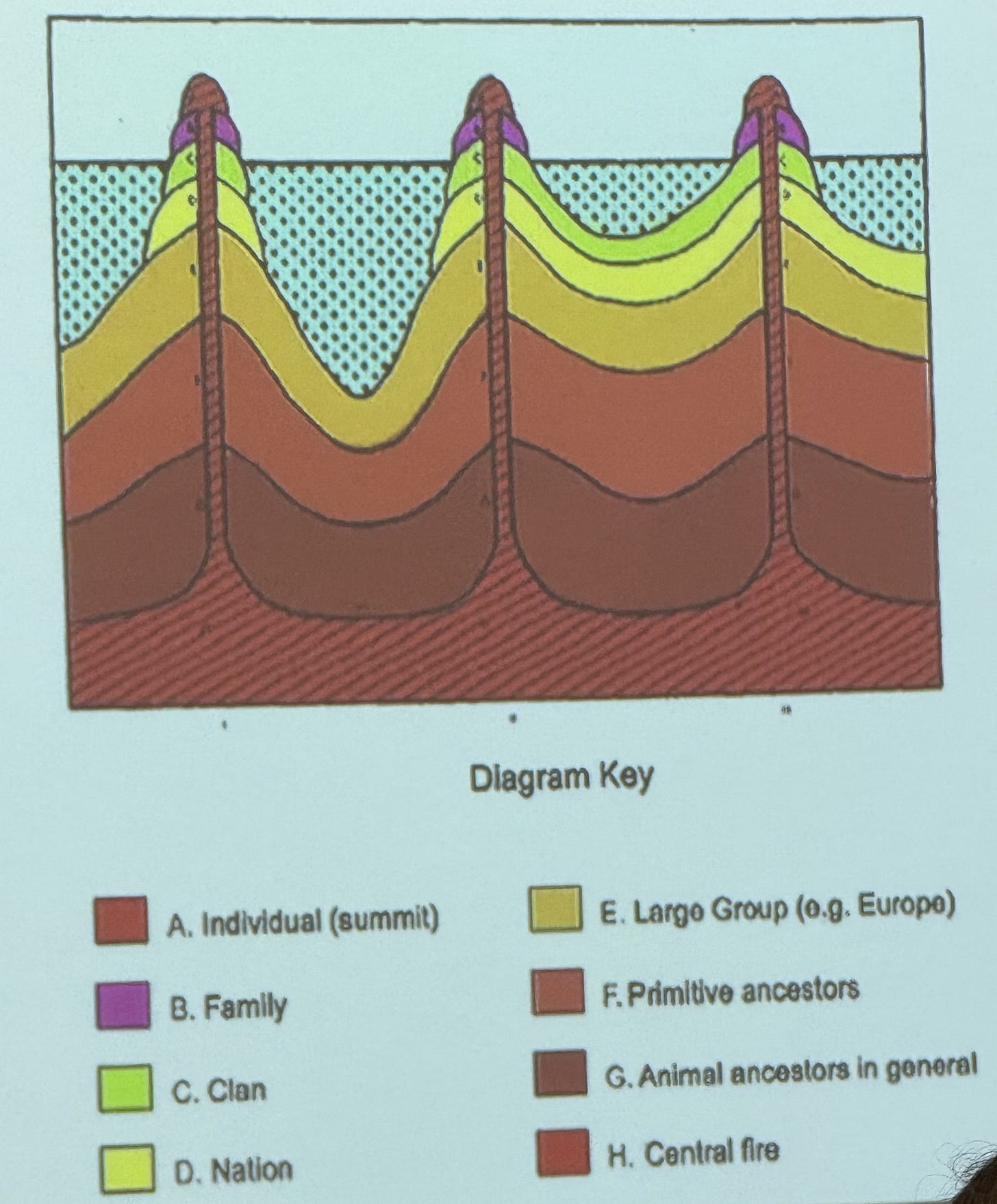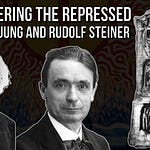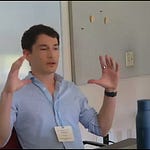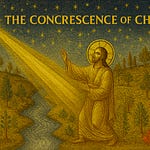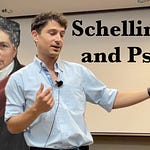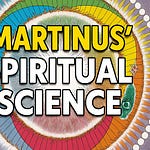We just wrapped the “Forever Jung” conference co-hosted by CIIS and the San Francisco Jung Institute. Tim couldn’t be with us in person, but I enjoyed his Zoom presentation on Jung and Simondon (video of his talk should be online soon; you can listen to mine here).
Below are some scattered thoughts the draw together some of my comments in the dialogue with Tim.
The parallels between Jung and Simondon aren’t accidental; there’s a real line of influence. Simondon’s very choice of the term “individuation” likely owes something to Jung. At minimum they are circling the same problem from different angles. What matters, though, are the structural connections: both think individuation as an ongoing process grounded in a pre-individual field (akin to Jung’s pleroma) that is never entirely exhausted by any formed individual.
…
Simondon distinguishes phases or domains of individuation:the physical, the vital, the psychic, and the transindividual (or collective). It’s tempting to treat physical individuation as a “once-and-done” affair: a crystal forms, and there you have it. But that picture is too tidy. Even the crystal, in practice and in principle, remains open to energetic, structural, and relational potentials that are latent in its milieu. Alchemy is a useful counterexample to the “finished crystal” myth: it keeps reminding us that materiality can be potentiated such that the vital and the psychic spill out of it without any need for an ontological gap. Ontogenesis (=individuation as a non-axiomatizable, ongoing genesis) runs through all the domains. The pre-individual is not a stage that gets left behind but a depth that remains available.
This is where neoteny becomes philosophically illuminating. Biologically, humans maintain juvenile plasticity far longer than other primates. That extended openness supports learning, culture, and symbolic transformation. Vital, psychi, and collective individuation depend on a kind of ontological neoteny: a maintained conduit to the pre-individual reservoir of potentials. Jung’s (or a Jungian’s) diagram of the psyche as a cone threaded by a lava tube that reaches down to a “central fire” captures this beautifully.
The individual sits atop various accreted layers—family, clan, nation, civilization, ancestral animality—but the tube remains open to the source. The pre-individual (Jung’s pleroma) continues to feed individuation; sedimentation never seals the passage.
…
Bringing this into conversation with contemporary physics helps clarify the stakes. Simondon’s pre-individual field resonates with possibilist approaches in quantum physics (eg, Epperson and Kastner’s res potentiae, and Stuart Kauffman’s insistence on “unprestatable” futures). In Laplacian determinism, unpredictability is merely epistemic. On the possibilist view, the openness is ontological: the space of future possibilities is not derivable even in principle—not by us, and not by any hypothetical divine intellect. That claim is relevant not only in biology but also in physics, where the same ontogenetic depth that Simondon and Jung articulate at vital and psychic phases is already at work. Possibility, properly ontologized, is like the lava that has not yet hardened into rock.
Our psyches typically repressed the originary surges for good reason. Open the lava tube too widely and you don’t get sages, you get messiah complexes and psychosis. Individuation requires modulating our commerce with the depths, not submerging ourselves in them.
…
I don’t want to collapse Simondon into Plotinus, but there’s a family resemblance worth mapping. Plotinus’s One is “beyond being,” not a member of the class of ones, not a countable unity. It overflows; it is fecund. Simondon and Deleuze rearticulate this pre-categorical source as metastable, pre-individual difference—less a supreme principle than a field of tensions and potentials out of which individuations precipitate. The point of contact is not doctrinal but functional: both accounts deny that formed being is self-explanatory and both require a more primordial, generative depth.
Seen genealogically, Western philosophy keeps wrestling with a paradox inherited from Parmenides: “Being is.” Zeno then breaks motion on the wheel of abstraction. Experience of the arrow hitting its target contradicts the geometrical deduction that it never can (it can only halve the distance infinitely), leaving a split between lived becoming and intellectual necessity. One recurring fix has been to postulate a mediating Logos. But we should handle the term carefully. Logos is polysemic and, in the oldest Heraclitean sense, names the very possibility of signification—the mediating, coordinating work that makes sense-making possible at all. In that mercurial register, Logos looks a lot like Simondon’s account of thought: not a prior blueprint but the operational relay across domains via analogical operations. Read this way, Logos is not a static principle pre-forming all outcomes but the active mediation through which new cosmoi emerge. This reading also underwrites Jung’s revisionary Christology in Answer to Job and Aion: Logos signifies the demand that even the divine undergo transformation in history—divinity and world, creator and creature, must co-individuate.
…
This all dovetails nicely with Whitehead. Creativity is ultimate; it is what allows each concrescence to be self-creating by recapitulating the original surge of becoming. God, in Whitehead’s speculative scheme, is not the metaphysical ground but an “accident of Creativity”—the most generic accident, whose primordial valuation of possibilities is then inherited by all subsequent actualities. Read in a Simondonian way, the primordial nature of God functions like a limiting ideal that structures a field of potentials without deductively fixing outcomes. The consequent nature (ie, God’s historical-relational pole) prevents any slide back into static perfection. Eternity here is not fixity; it is inexhaustible life.
All of this lets us recast a persistent theological temptation: the confusion of completeness with perfection. Jung is explicit that the drive to cosmic perfection produces shadow—an Antichristic backlash that wrecks the entire project of cosmogenesis. Historically, Augustinian predestination installs a theological determinism that gets secularized as Laplacian physics.
…
Jung, Simondon, and Whitehead both affirm continuity across domains: psyche is not a different substance from physics or biology. It is an operational difference, a distinctive regime by which occasions inherit, transform, and reintegrate potentials. There is no ontological gap.
So: Simondon’s pre-individual, Jung’s pleroma, Plotinus’s overflowing One, Whitehead’s Creativity, Schelling’s ground/existence polarity, Spinoza’s infinite substance (understood dynamically), and the quantum possibilists’ res potentiae all converge, not on a single doctrine, but on a shared refusal of onto-epistemic closure. Individuation is the ongoing mediation of the intensive depth of the preindividual tension with once-occurrent processes of formation, of possibility and actualization, part and whole. Any adequate account of evolutionary ontogenesis must allow the lava to flow, honoring the central fire without being consumed by it.


